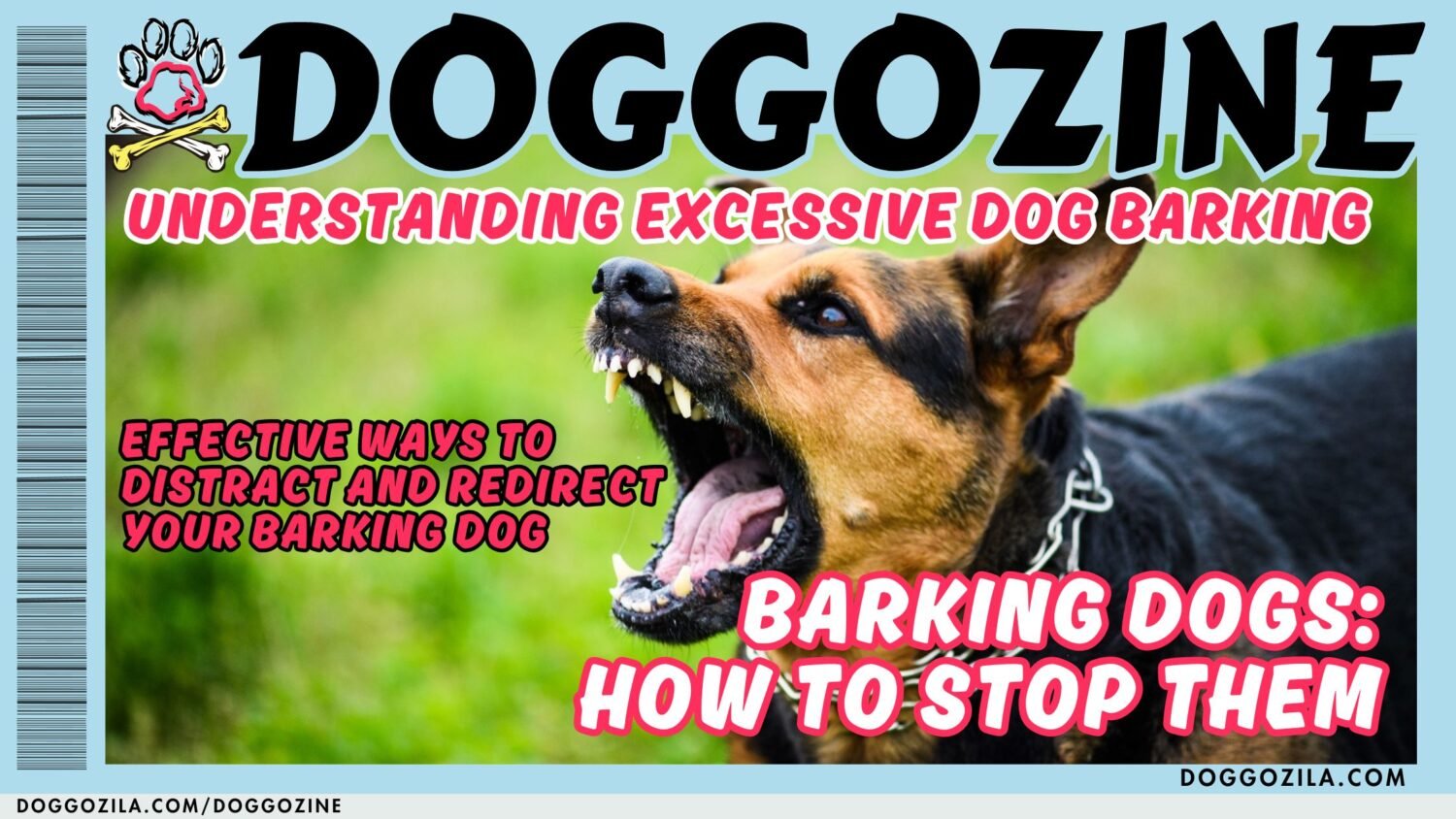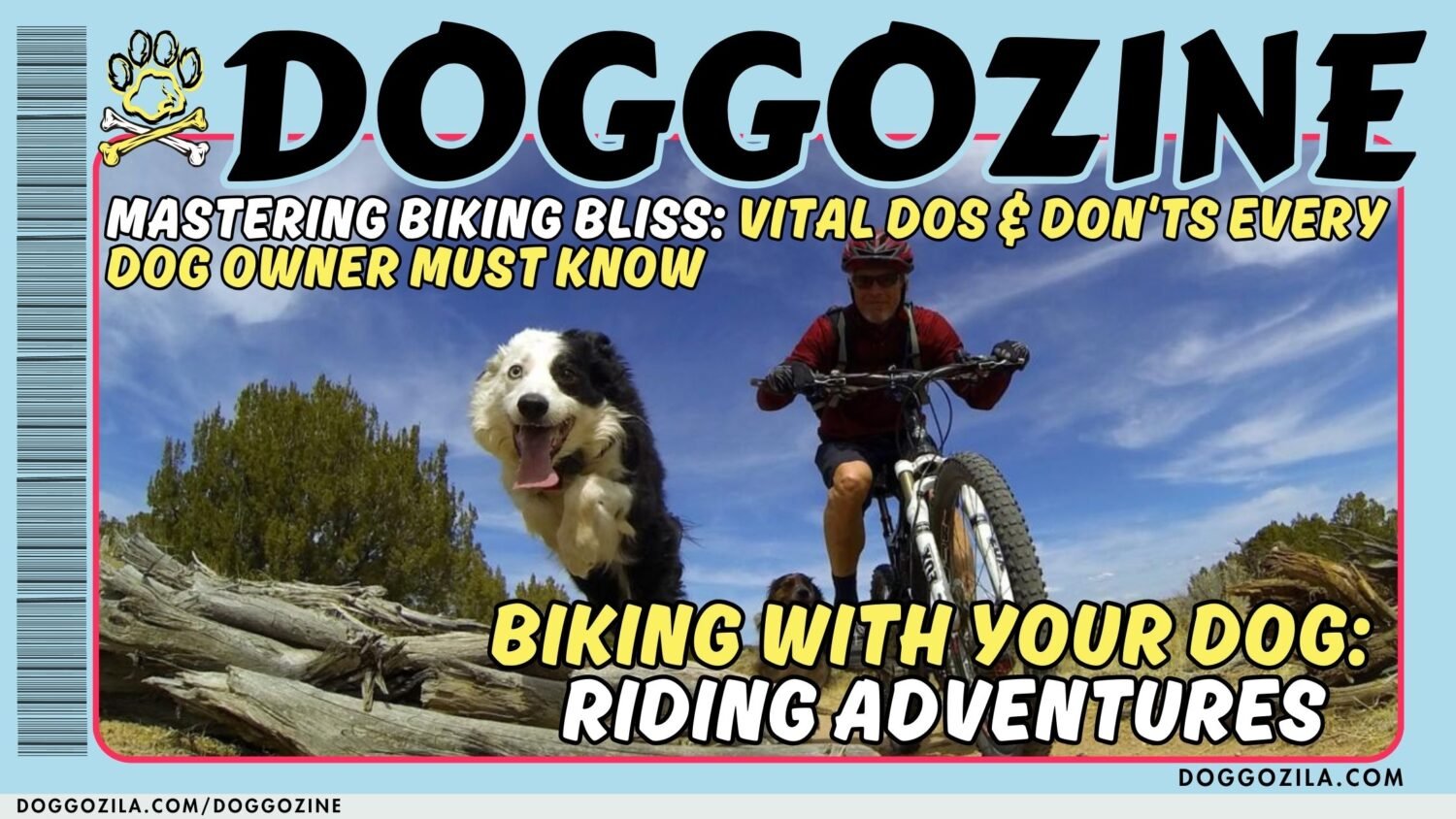Dogs, with their charming antics and sometimes perplexing behaviors, often leave pet owners questioning the motives behind certain actions. One such behavior that has puzzled dog lovers for generations is digging. If you’ve ever wondered why your dog seems to have an unrelenting passion for digging up your yard, you’re not alone. Check why dogs are always digging!
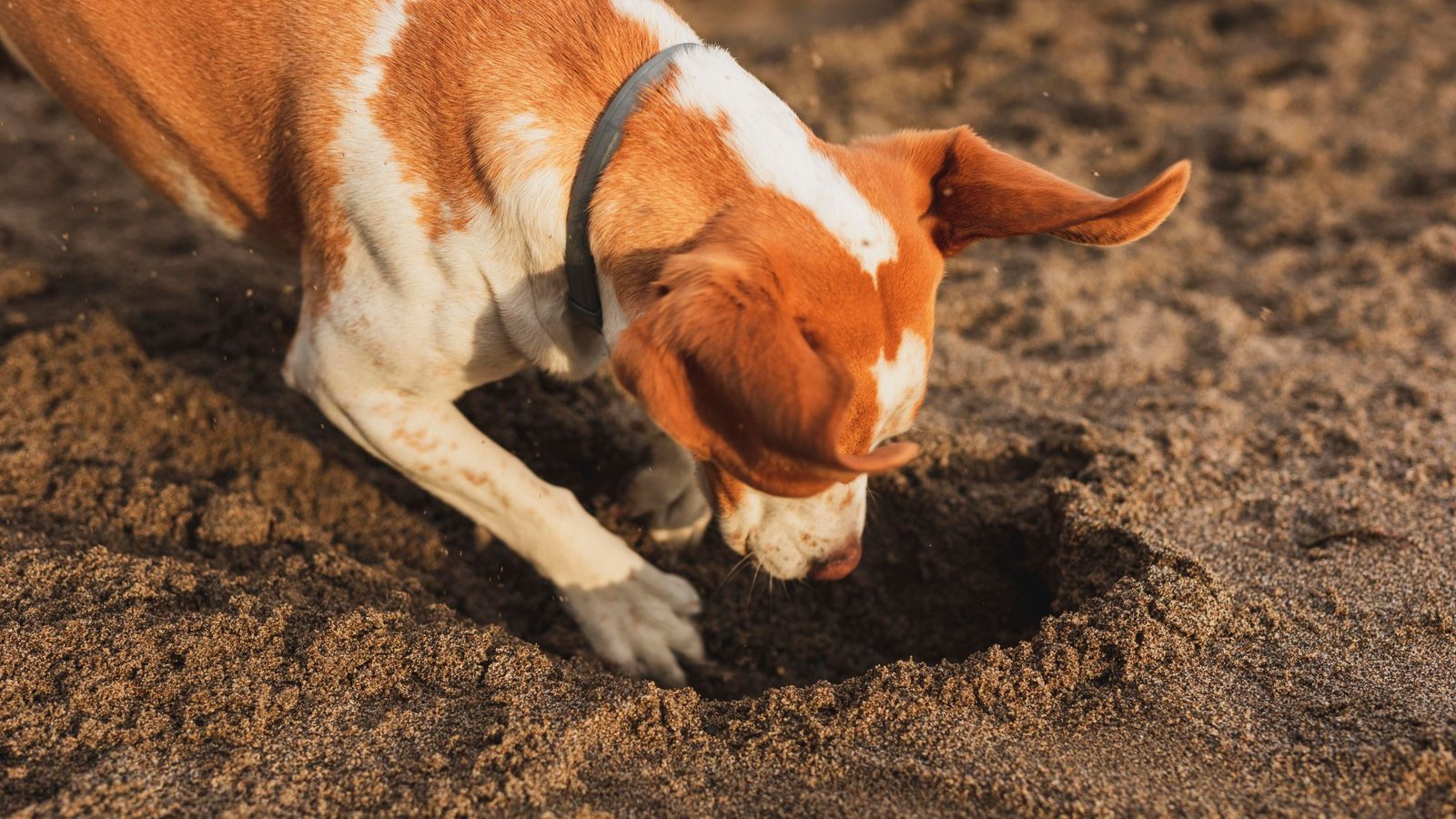
THE EVOLUTIONARY ROOTS OF DOGS DIGGING
In this exploration, we will uncover the underlying reasons behind why dogs dig, delving into their evolutionary history, instinctual drives, common behavioral triggers, and how pet owners can effectively manage and redirect this behavior. Let’s embark on a journey to unearth the answers to the age-old question: Why dogs are always digging?
Digging Through Evolution: Unraveling Dogs Ancestry
To decipher the mystery of why dogs dig, we must first travel back in time to understand their evolutionary roots. Dogs, descendants of wolves, developed digging as a survival strategy. In the wild, digging was a means of finding food, creating shelter, and protecting the pack. This primal instinct is deeply embedded in the DNA of our beloved canine companions.
Instinctual Drives: The Role of Digging in Dogs Behavior
Digging is not just a random behavior; it’s a manifestation of various instinctual drives in dogs. From territorial marking to scent exploration and the search for cooler or warmer ground, each dig serves a purpose. Understanding these instincts is key to unraveling the mystery behind your dog’s digging patterns.
Common Behavioral Triggers
Dogs, much like humans, can become bored, and digging is sometimes a consequence of this boredom. A lack of mental stimulation can drive your dog to find entertainment in reshaping your garden. Discover practical tips to keep your dog’s mind engaged and prevent digging out of sheer boredom. Some dogs are natural escape artists, and digging becomes their way of seeking freedom. Learn to identify signs of escape-driven digging and explore effective solutions to prevent your furry friend from turning into a canine Houdin
Environmental Factors
In warmer weather, dogs may resort to digging to regulate their body temperature. Uncover the science behind how the coolness beneath the surface provides relief for dogs and explore alternatives that allow your pet to cool down without disrupting your garden. Digging is also a way for dogs to create a comfortable and sheltered space. Understand the natural instincts that drive this behavior and find ways to provide cozy alternatives that cater to your dog’s nesting inclinations
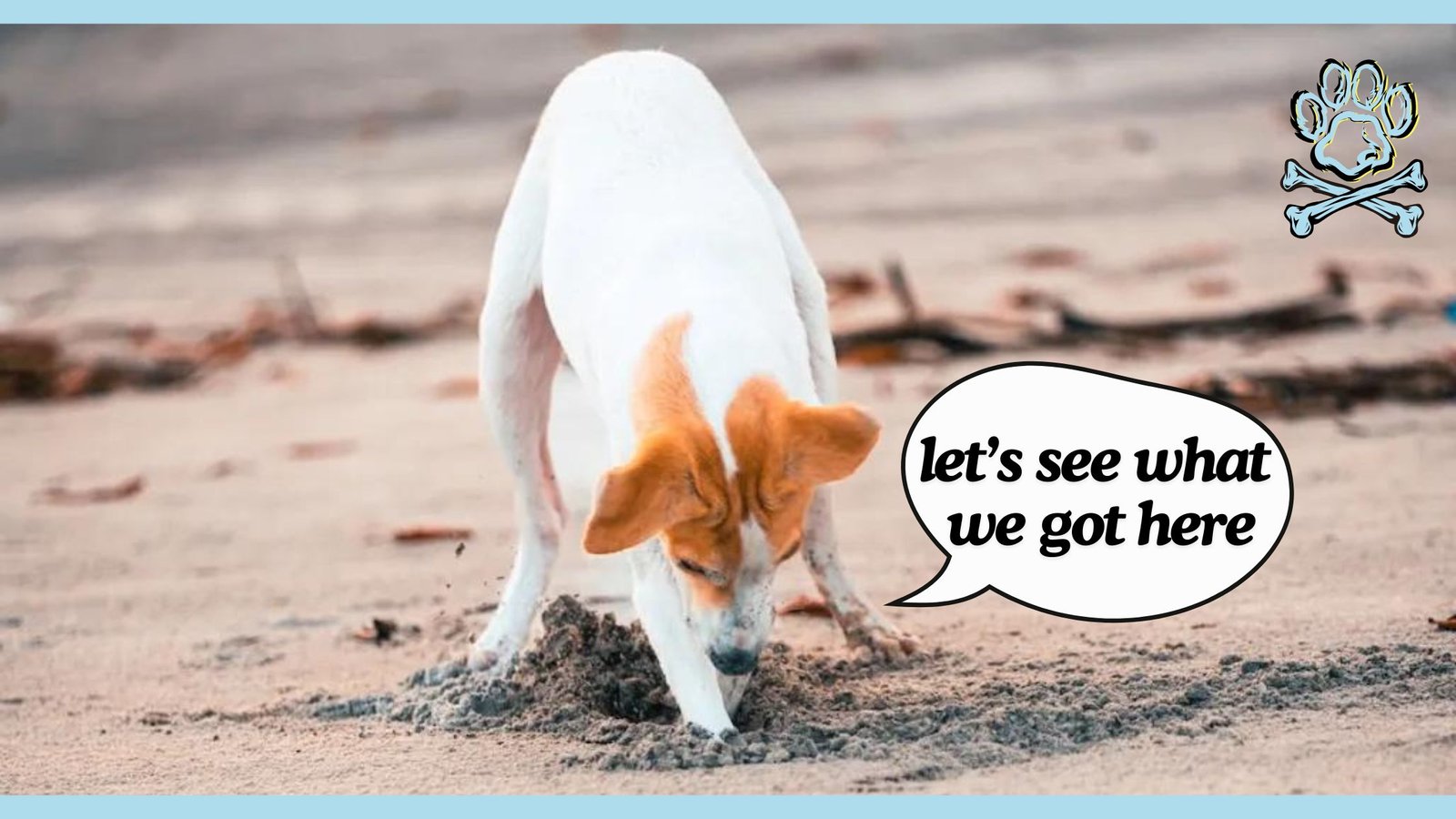
MANAGING AND REDIRECTING DIGGING BEHAVIOR IN DOGS
Positive Training Techniques: Shaping Behavior Responsibly
For pet owners seeking to manage and redirect digging behavior, positive training techniques are paramount. Explore the world of reinforcement and positive associations to encourage desirable behavior, steering clear of punitive measures that could harm the bond between you and your furry friend.
Transforming your yard into a haven that satisfies your dog’s digging instincts without sacrificing your garden involves strategic deterrents and environmental modifications. Gain insights into using safe deterrents and adjusting the environment to coexist harmoniously with your digging enthusiast.
Deterrents and Environmental Modifications: Creating a Dig-Friendly Yard
The mystery behind why your dog is always digging is a tapestry woven with threads of evolutionary history, instinctual drives, behavioral triggers, and environmental factors. By unraveling this tapestry and implementing practical strategies, you can not only understand but also positively manage your dog’s digging tendencies. Embrace the digging instinct, redirect it positively, and create an environment that honors your dog’s natural inclinations while preserving the beauty of your outdoor space. The next time you witness your canine companion with a paw in the dirt, you’ll do so with a deeper understanding of the rich tapestry of behaviors that make dogs truly unique. Happy digging!

HOW TO STOP DOGS FROM DIGGING
Dog digging is a behavior that, while rooted in natural instincts, can often become a source of frustration for pet owners. If you’ve found yourself wondering how to put an end to your dog’s persistent digging, you’re not alone. Let’s explore the reasons behind why dogs dig, the triggers that perpetuate this behavior, and most importantly, practical strategies on how to stop dogs from digging. Let’s embark further on a journey to cultivate a garden-friendly environment while fostering a positive relationship with your furry friend.
Understanding the Root Causes of Dogs Digging
- Digging as an Instinct – Unraveling Dog Ancestry: Before we can effectively address the issue, it’s crucial to understand that digging is deeply ingrained in a dog’s instinctual behavior. We’ll explore the evolutionary roots of digging and how it served as a survival strategy for their ancestors. This knowledge is the foundation for implementing successful strategies to deter digging.
- Identifying Behavioral Triggers – Addressing the Why: To stop dogs from digging, we need to identify the triggers behind the behavior. Whether it’s boredom, a desire for escape, or a search for comfort, understanding the root causes is essential for developing targeted solutions.
Practical Strategies to Stop Digging Behavior in Dogs
- Boredom-Busting Activities – Engaging the Canine Mind: One of the primary reasons dogs dig is boredom. Discover a variety of engaging activities and toys that stimulate your dog’s mind, redirecting their energy away from digging and towards more constructive pursuits.
- Creating a Dog-Friendly Yard – Digging Alternatives: Transform your yard into a haven that satisfies your dog’s natural instincts without destroying your garden. Explore safe digging alternatives and designate specific areas where your dog can indulge in their digging desires without wreaking havoc.
- Behavioral Training Techniques: Positive reinforcement is a powerful tool in shaping your dog’s behavior. Learn how to use treats, praise, and rewards to encourage positive actions, gradually shifting their focus away from digging and towards more desirable activities.
- Consistent Commands – Building Communication: Establishing clear and consistent commands is crucial when training your dog. Explore effective commands that deter digging and promote obedience, fostering a stronger communication bond between you and your furry companion.
Environmental Modifications
- Deterrents and Barriers – Protecting Your Garden: Implementing safe deterrents and barriers is an effective way to stop dogs from digging in specific areas. Discover natural and pet-friendly solutions that discourage digging without causing harm to your beloved pet.
- Professional Assistance – Seeking Expert Guidance: In some cases, seeking professional assistance can provide valuable insights into your dog’s behavior. Explore the option of hiring a professional dog trainer or behaviorist to address specific digging issues and tailor a plan that suits your dog’s unique needs.
Stopping dogs from digging requires a multi-faceted approach that addresses the underlying causes, provides alternatives, and employs positive training techniques. By understanding the instinctual nature of digging and implementing practical strategies, you can create a harmonious environment where your garden flourishes, and your furry friend thrives. The journey to curb digging behavior is a rewarding one, fostering a deeper connection and ensuring that both you and your canine companion enjoy a happy, dig-free life together.
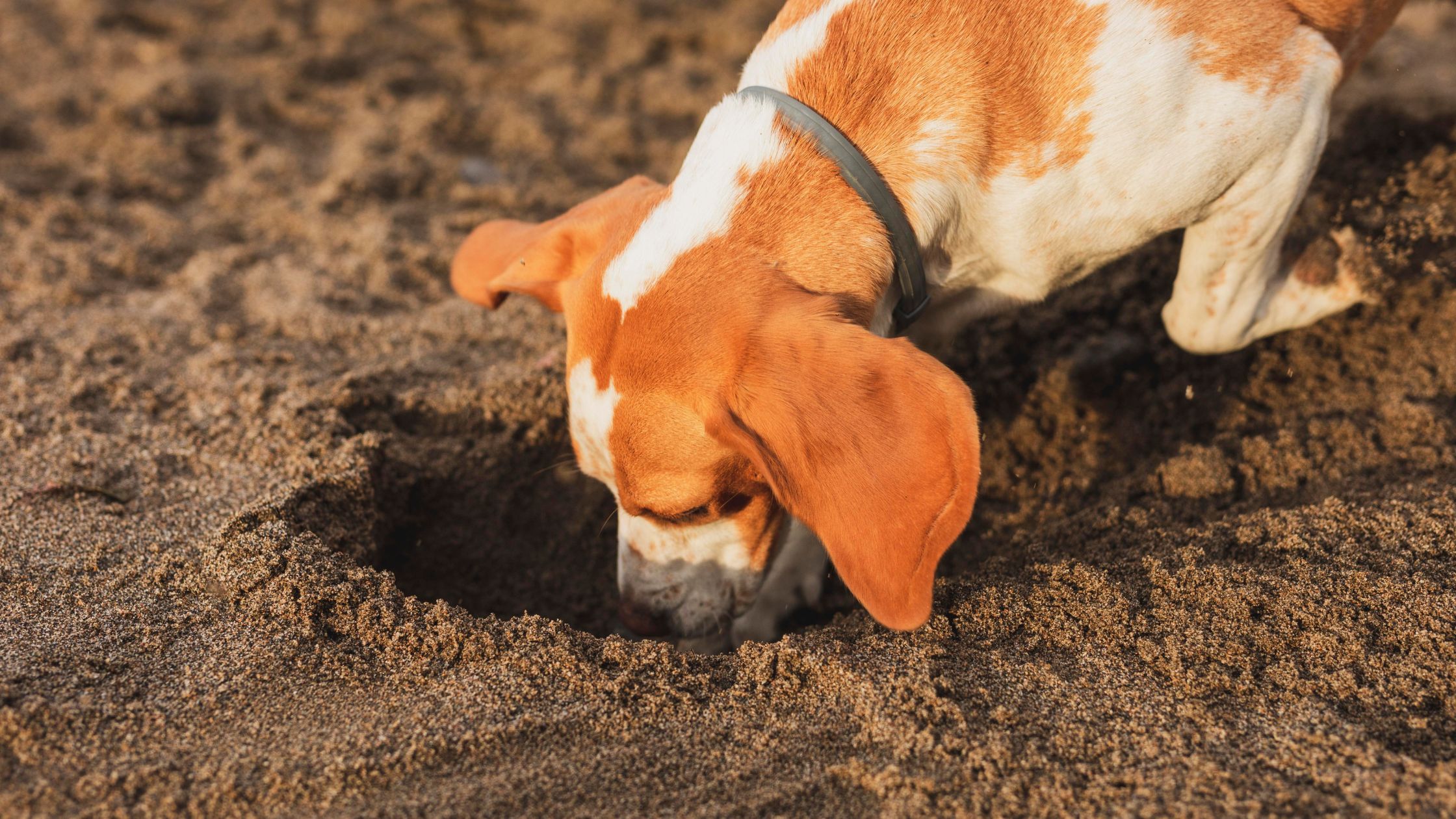
DESIGNATED DIGGING AREAS: CULTIVATING HARMONY BETWEEN DOGS AND GARDENS
Dogs and digging often go hand in paw, and while it’s a natural instinct, managing this behavior can be a challenge. If you’re looking to strike a balance between allowing your dog to indulge their digging instincts and maintaining a pristine garden, creating designated digging areas could be the solution.
Let’s explore the reasons behind why dogs dig, the benefits of designated digging areas, and practical steps to establish these spaces. Let’s embark further on a journey to cultivate harmony between your canine companion and your beloved garden.
Understanding the Digging Instinct in Dogs
- Digging as a Natural Behavior – Embracing Dog Instincts: Before we dive into designated digging areas, it’s essential to understand that digging is a natural behavior for dogs. We’ll explore the evolutionary roots of this instinct and why it’s crucial to acknowledge and channel it in a positive direction.
- Identifying Behavioral Triggers – Tailoring Solutions: To create effective designated digging areas, we need to identify the triggers that lead to digging behavior. Whether it’s boredom, a desire for comfort, or a need for mental stimulation, recognizing these triggers helps tailor solutions that align with your dog’s specific needs.
The Benefits of Designated Digging Areas for Dogs
- Promoting Physical and Mental Health – Exercise for the Mind and Body: Designated digging areas offer a range of benefits, including providing an outlet for physical exercise and mental stimulation. Discover how these areas contribute to your dog’s overall well-being, keeping them engaged and content.
- Preserving Your Garden – Minimizing Unwanted Digging: By directing your dog to specific digging zones, you can minimize the impact on your garden. Explore how designated areas act as a buffer, preserving your plants and landscaping while still allowing your furry friend to satisfy their digging instincts.
Establishing Designated Digging Areas to Dogs
- Choosing the Right Location – Creating an Appealing Space: Selecting the right location for designated digging areas is crucial. Learn how to choose a spot that appeals to your dog, taking into consideration factors such as sunlight, soil texture, and accessibility.
- Creating an Inviting Environment – Adding Digging Attractions: Make designated digging areas irresistible to your dog by adding digging attractions. From loose soil and sand to burying toys and treats, we’ll explore creative ways to make these spaces enticing.
Training Techniques for Success
- Positive Reinforcement – Shaping Desired Behavior: Positive reinforcement plays a pivotal role in training your dog to use designated digging areas. Discover how treats, praise, and rewards can reinforce the behavior you want, encouraging your dog to choose the designated spot over other areas.
- Be consistent in Commands – Building a Routine: This is key when training your dog. Explore effective commands that signal it’s time for designated digging, creating a routine that reinforces the behavior you’ve established.
- Monitoring and Adjusting – Adapting to Changing Needs: As your dog’s preferences and behaviors evolve, it’s important to monitor their use of designated digging areas. Learn how to make adjustments to the location or attractions to accommodate changing needs and maintain the effectiveness of these spaces.
Brief sum up on Why dogs are always digging
In conclusion, creating designated digging areas is a proactive and positive approach to managing your dog’s natural instincts while preserving the beauty of your garden. By understanding the benefits, choosing the right location, and employing effective training techniques, you can cultivate a harmonious relationship between your canine companion and your outdoor space. The journey to establish these areas is a rewarding one, fostering a bond built on understanding and cooperation. Here’s to a garden that thrives, and a happy, fulfilled dog with a designated space to dig to their heart’s content.
Continue reading about Dog Behavior on Wiki Pages!









